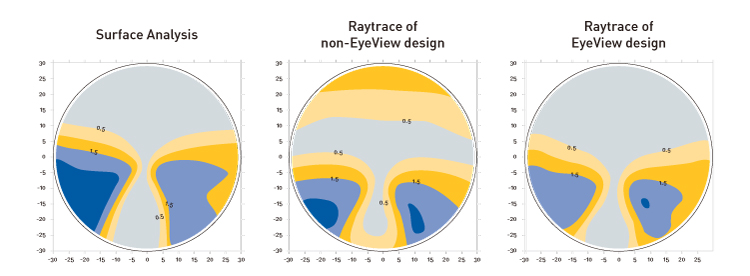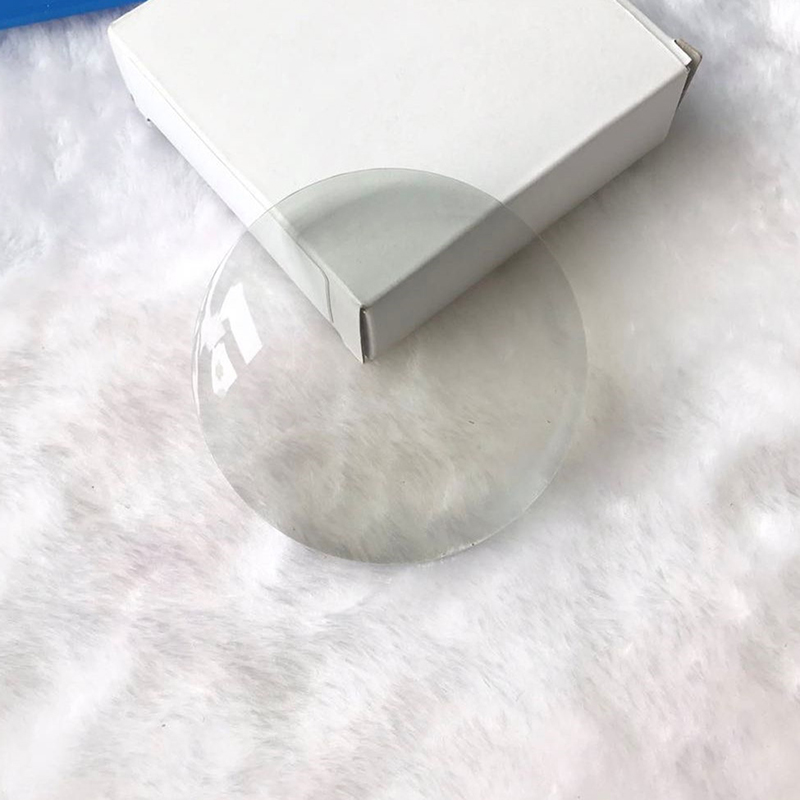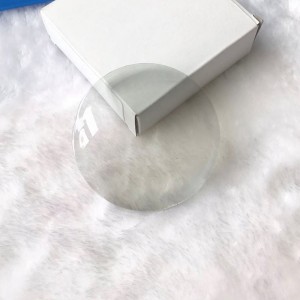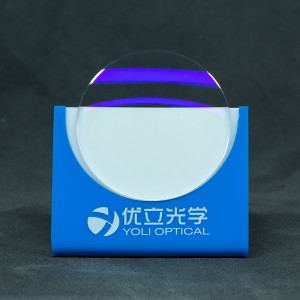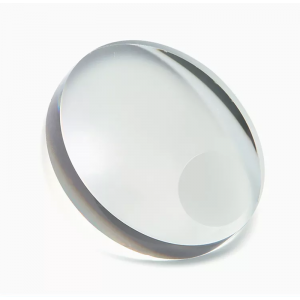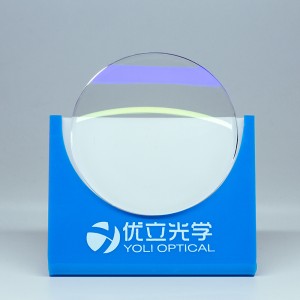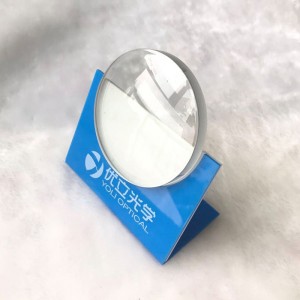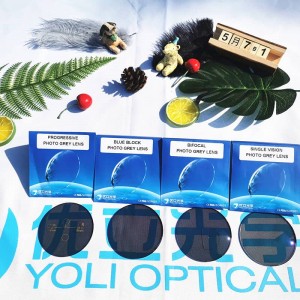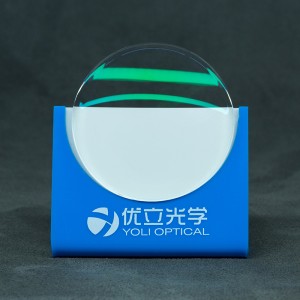
Prescription laboratories transform 1.56 semi-finished lenses into 1.56 finished lenses
What Semi Finished Lens Blanks Can do?
Spectacle lenses production units that transform semi-finished lenses into finished lenses according the precise characteristics of a prescription.
The customization work of laboratories enables us to provide a wide variation of optical combinations for wearer needs, especially as regards the correction of presbyopia. Laboratories are responsible for surfacing (grinding and polishing) and coating (coloring, anti-scratch, anti-reflective, anti-smudge etc.) the lenses.
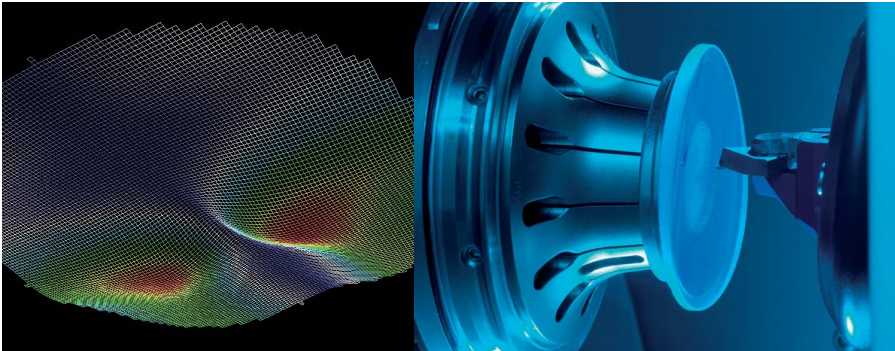
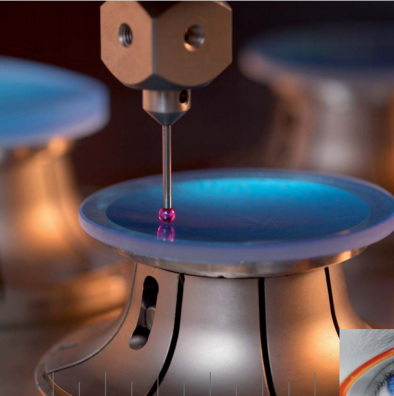
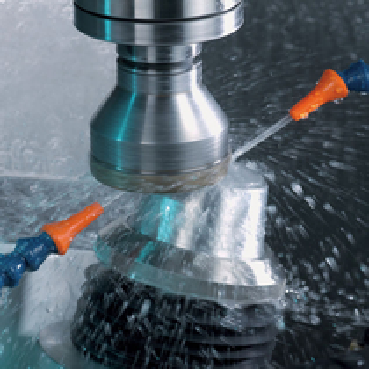
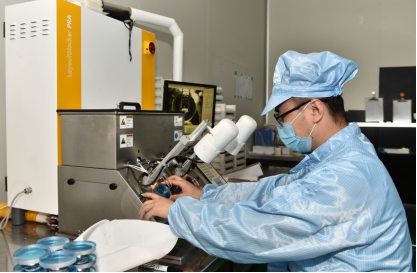
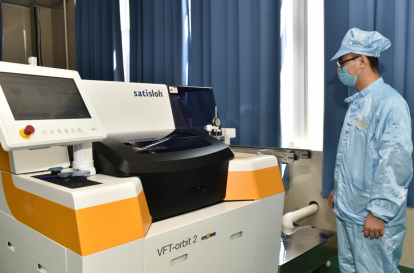
The Differences Between 1.50 and 1.56 Lenses?
The difference between 1.56 mid-index and 1.50 standard lenses is thinness.
Lenses with this index reduce lens thickness by 15 percent.
Full-rim eyewear frames/glasses worn during sports activities are most suitable for this lens index.
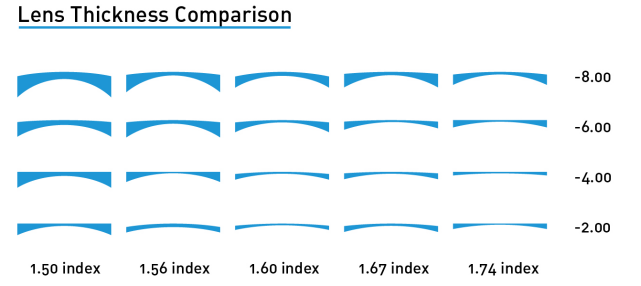
What is a freeform lens?
A freeform lens normally has a spherical front surface and a complex, three-dimensional back surface which incorporates the patient’s prescription. In the case of a freeform progressive lens, the back surface geometry includes the progressive design.
The freeform process utilises semi-finished spherical lenses which are readily available in a wide range of base curves and indices. These lenses are accurately machined on the back side using state-of-the-art generating and polishing equipment to create the exact prescription surface.
• the front surface is a simple spherical surface
• the back surface is a complex three-dimensional surface
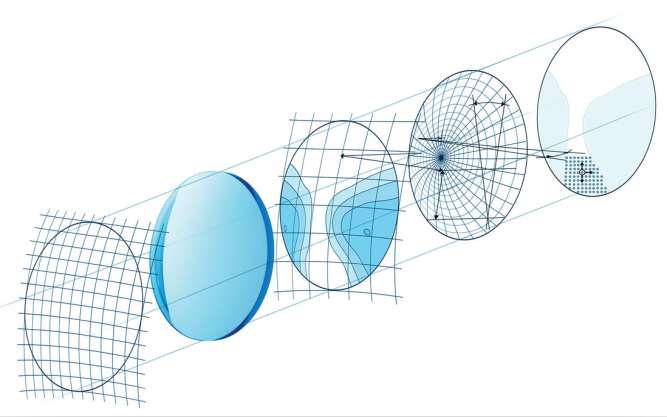
Technology for freeform lenses
• Provides the flexibility to offer a wider range of high level products, even for the smaller optical laboratory
• Only requires a stock of semi-finished spheres in each material from any quality source
• Lab management is simplified with significantly fewer SKUs
• Progressive surface is closer to the eye - providing broader fields of view in the corridor and reading area
• Accurately reproduces the intended progressive design
• Prescription accuracy is not limited by the tooling steps available in the laboratory
• Accurate prescription alignment is guaranteed
